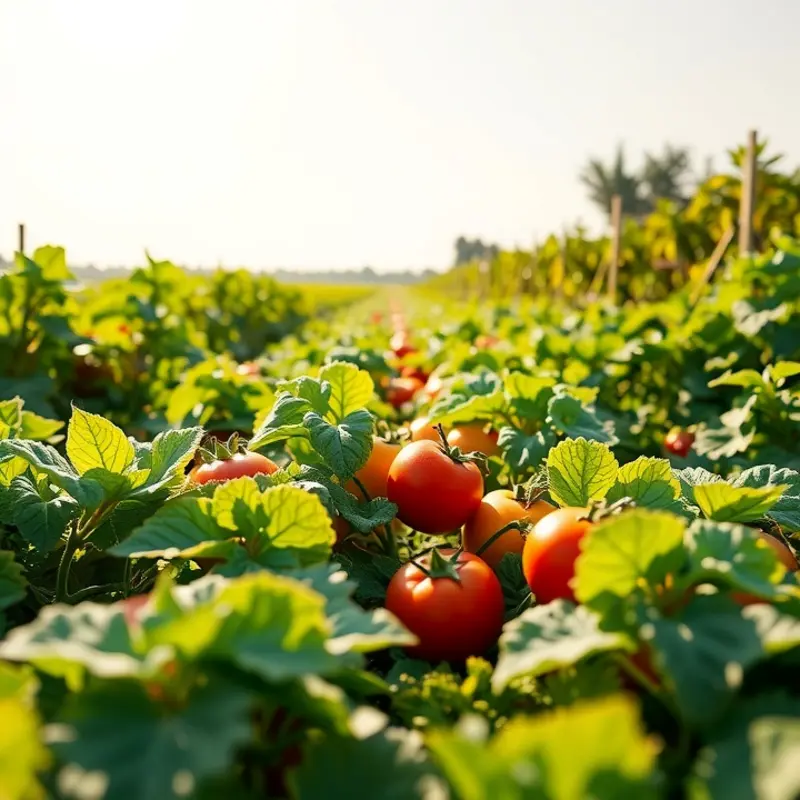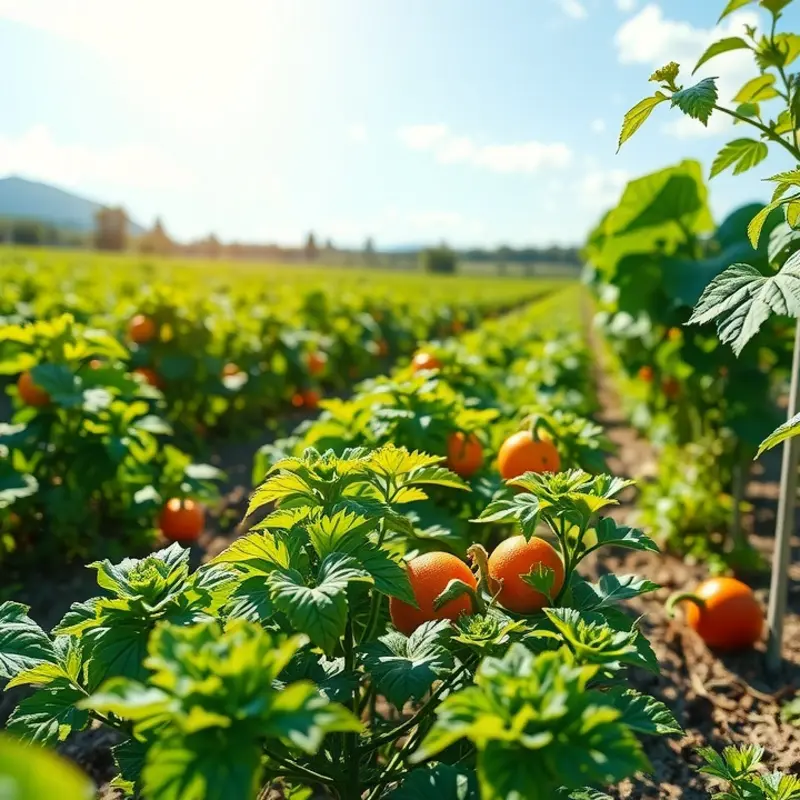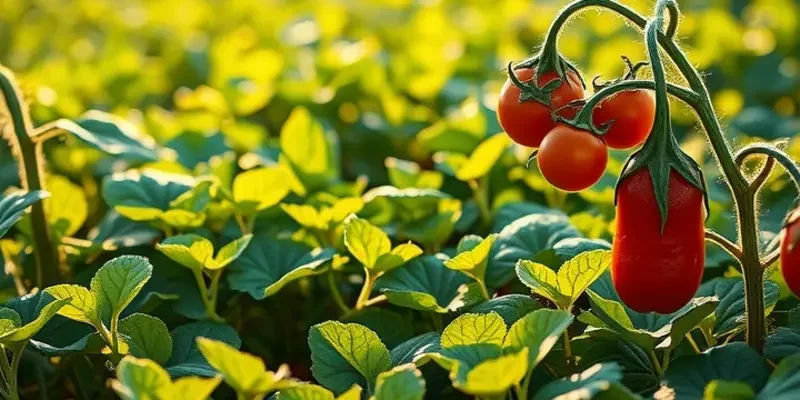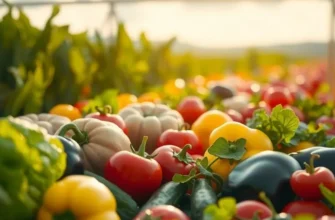Homemade pizza offers the ultimate comfort food experience, starting with a perfect crust. Whether you’re a beginner or an experienced cook, mastering pizza crust can transform your creations from average to outstanding. Understanding the basics of dough preparation, ingredient selection, and baking techniques will help you craft crusts that are golden, crispy, and flavorful. Let’s embark on a journey to elevate your pizza-making game with step-by-step guidance and practical tips suitable for all skill levels.
Understanding the Dough: Ingredients and Techniques

The foundation of any great pizza is its dough. Choosing the right ingredients is vital for achieving the crust texture you desire. Let’s start with flour. All-purpose flour works fine for a standard crust, but for a chewier texture, opt for bread flour. Its higher protein content contributes to a more substantial chew and better gluten development. For a thin, delicate crust, consider using ’00’ flour, finely milled and often used in traditional Neapolitan pizza.
Yeast is another crucial component. Active dry yeast is popular and easy to find, but instant yeast acts faster and doesn’t require proofing. If you prefer a more handcrafted approach, try using a sourdough starter, which adds complexity and a slight tang.
The hydration level of your dough significantly affects the final crust texture. A higher water content in your dough results in a lighter, airier pizza. Aim for a hydration level of 65-70% for an ideal balance. When experimenting with higher hydration, your dough may be sticky, but it’s worth the effort for a crust that’s crisp on the outside and soft inside.
Proper kneading is essential for gluten development. It can be done by hand or using a mixer with a dough hook. If kneading by hand, use a fold-push-turn technique. Stretch the dough outward, fold it back, push with the heel of your hand, and give it a quarter turn. Repeat this for about 10 minutes until the dough is smooth and elastic. Resting your dough for an autolyse period before kneading further improves texture by relaxing the gluten, making it easier to shape later.
Fermentation length influences both flavor and texture. A slow, cold fermentation in the refrigerator can develop more flavor complexity. Let your dough rest in the fridge for 24 to 72 hours; the longer the rest, the better the flavor. Before baking, let the dough return to room temperature to ensure even baking.
Customization is key to crafting your perfect crust. Whether you enjoy a thick, chewy base or a thin, crispy one, understanding the dough’s core ingredients and processes allows you to tweak each step. Want to enhance your dough’s flavor profile further? Experiment with natural flavor boosters like rosemary or garlic-infused oils as discussed here.
By mastering dough ingredients and techniques, you control your pizza-making experience. This knowledge sets the foundation for endless creative possibilities as you progress in your homemade pizza journey.
Baking to Perfection: Techniques for Crispiness

To craft the perfect pizza crust, mastering the baking process is key. A crisp, flavorful crust results from precise techniques and attention to detail, beginning with selecting the right baking surface. One popular choice is a pizza stone, which helps to mimic the conditions of a professional pizza oven. The stone retains heat efficiently, ensuring even cooking and promoting a desirable crispy texture. Preheat the stone in a high-temperature oven, allowing about 30 minutes for it to reach maximum heat capacity. This initial investment in time pays off, as placing the pizza on a thoroughly heated stone helps the crust achieve the perfect crispy bottom without overcooking the toppings.
Another critical technique is managing oven temperatures. For most home ovens, setting the temperature between 475°F and 500°F is recommended for pizza. This high heat is pivotal in achieving that sought-after balance of crispiness on the outside and a tender interior. Baking at lower temperatures risks a soggy crust, as the longer baking time required to cook the base leaves the toppings overdone. As a pro tip, opt for a fan-assisted oven setting if available, as it helps maintain even heat distribution.
Understanding when your pizza is properly baked requires sensory evaluation. Visual cues, such as a golden-brown crust with slight charring, indicate it is nearing completion. The tinge of char adds a touch of smokiness and complexity to the flavor. Additionally, consider the sound test: tap gently on the crust; a hollow, airy sound usually means it’s perfectly baked. Finally, testing for doneness includes examining the texture; a well-cooked crust holds its form yet bends slightly when lifted, supporting the toppings without breaking.
Consider employing the technique of par-baking to enhance crispiness, especially if you have toppings that require less cooking time. Partially bake the crust before adding the toppings to ensure that the base remains crisp. This method enables you to maintain control over the individual cooking times and textures of all components, resulting in a more harmonious finished product.
Ensuring your crust has a balanced texture and flavor also involves considering hydration and ingredient quality. High-hydration doughs, those with larger proportions of water, often result in airier and crispier crusts. Simultaneously, invest in high-quality flours that contain adequate protein, ensuring the gluten network is strong enough to bear a good rise and crisp structure.
For additional inspiration on elevating your pizza-making skills, consider the importance of practical ingredient batching in pizza preparation outlined in our practical ingredient batching guide. This guide offers valuable insights into efficient meal prep techniques that can streamline your pizza-making process.
By employing these baking techniques, you’ll consistently create pizzas that boast a perfectly crisp crust, delighting anyone lucky enough to try a slice. The combination of a well-preheated stone, appropriate oven temperature, and astute observational skills brings you ever closer to homemade pizza mastery.
Final words
Mastering pizza crust at home is more than just following a recipe; it’s about understanding the ingredients, techniques, and the joy of cooking. As you experiment with different flours and rising methods, don’t hesitate to adjust based on your preferences. Remember, practice makes perfect. With every pizza you make, you’ll gain confidence and skills. Challenge yourself to try new flavors and methods, and enjoy the process of crafting delicious pizzas that will surely impress family and friends. So roll up your sleeves, gather your ingredients, and let your pizza passion lead the way!







